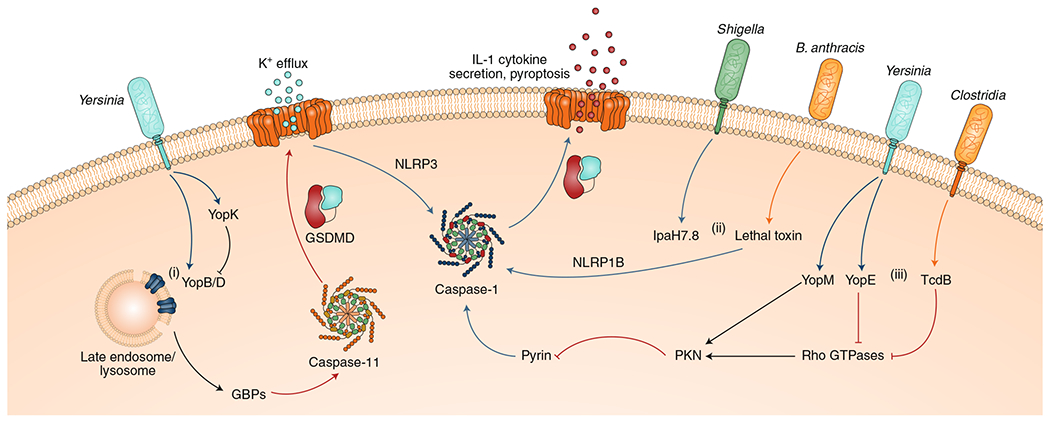Fig. 3 |. Effector-triggered immunity engages inflammasomes, but can also be targeted by other pathogen virulence factors.

(i) Excessive injection of the Yersinia translocon proteins YopB and YopD damages intracellular endosomal membranes, leading to recruitment of GBPs and downstream activation of the caspase-11 inflammasome. Caspase-11-induced GSDMD pores also trigger K+ efflux, thereby secondarily activating the NLRP3 inflammasome. Yersinia suppresses this defence mechanism by preventing hypertranslocation of YopB and YopD via another effector, YopK. (ii) The NLRP1B inflammasome is activated by bacterial effectors such as B. anthracis LeTx or Shigella IpaH7.8, which cleave or degrade its N terminus, respectively. (iii) Effectors, such as YopE and TcdB, modulate the actin cytoskeleton by suppressing Rho GTPases and, consequently, trigger the pyrin inflammasome by inactivating the PKNs, which are sensitive to GTPase activity. Notably, Yersinia YopM overrides this sensing pathway by directly activating PKNs, thereby maintaining pyrin suppression.
